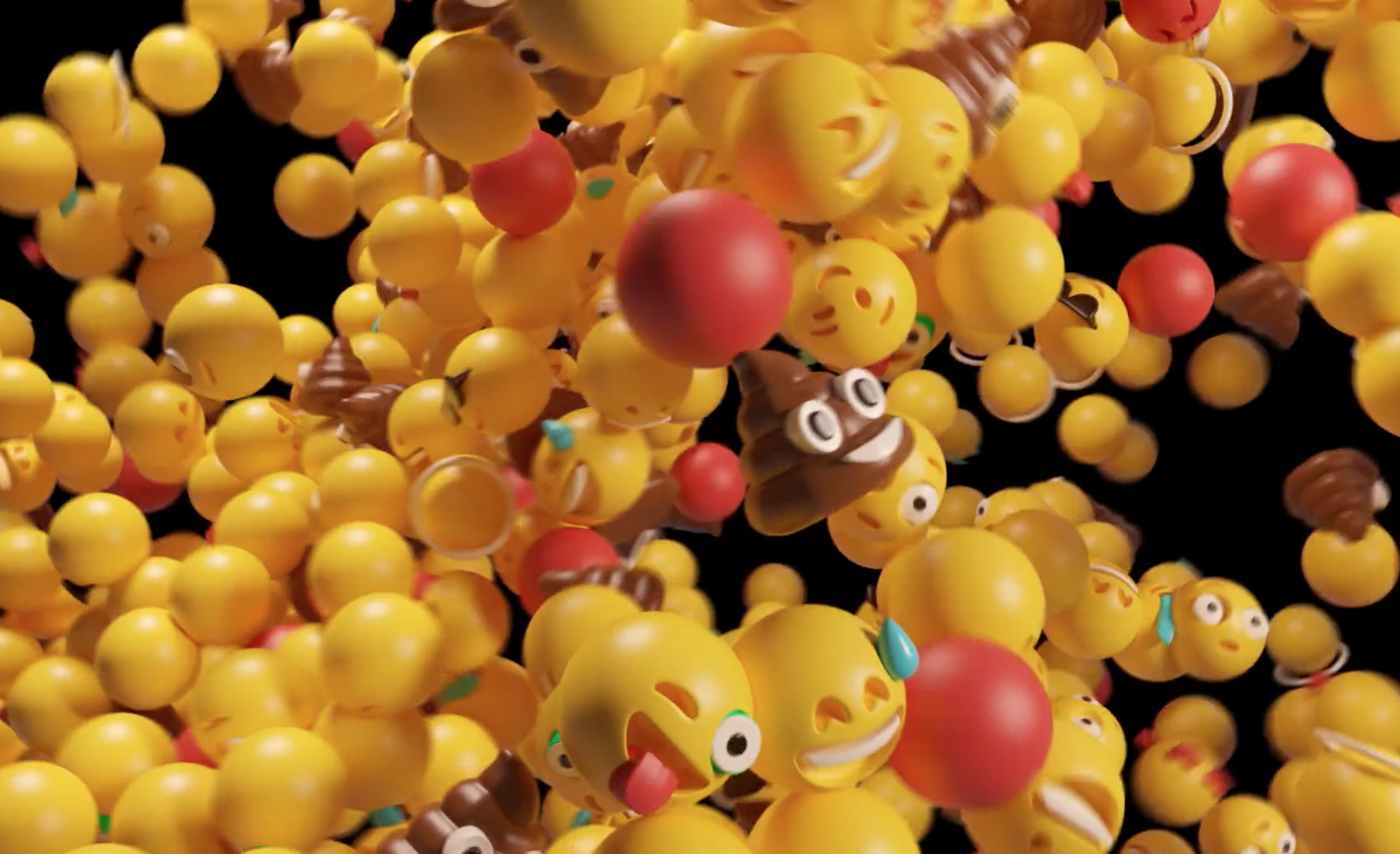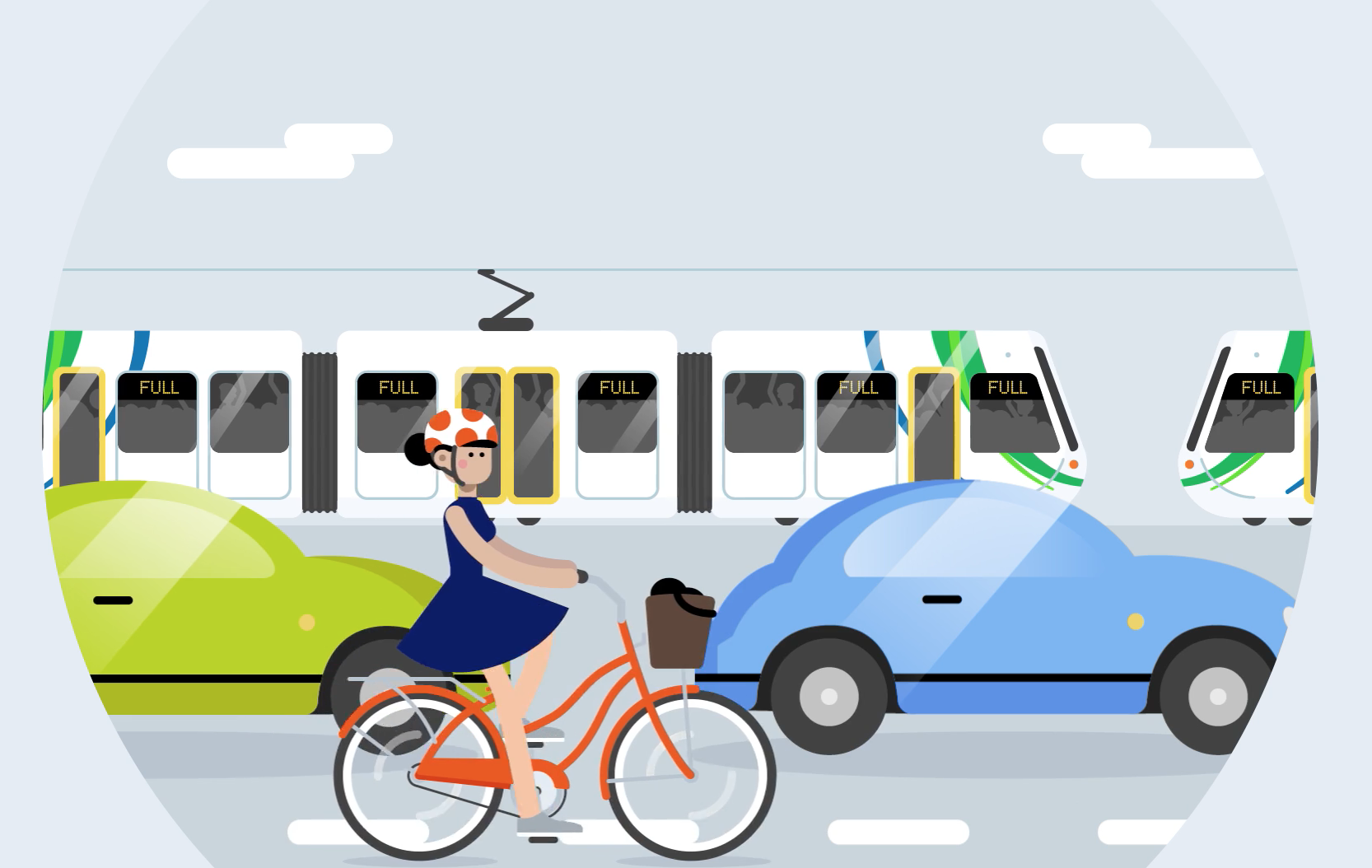Motion graphics explainer videos serve as an invaluable tool for demystifying complex information and captivating your audience. When executed with finesse, these videos can resonate deeply and make your narrative more relatable. However, mastering the art of motion graphics isn’t without its challenges. Moreover, there is an array of styles to choose from, including 2D, 3D, and live-action elements, each with its unique strengths. Regardless of the style, they all share a common goal: leveraging dynamic movement to enhance the impact of your explainer videos.
In This Comprehensive Guide, We Will Delve into Five distinct styles of Motion Graphics Explainer Videos, and shed light on How They can Elevate Your Messaging Strategy.
1. Vibrant 2D Story Styles
The first motion video animation style we explore is 2D storytelling. This style is a potent tool but requires a strong script to carry the narrative effectively. The advantage of 2D animation is that it offers complete control over the visuals, allowing you to shape characters, backgrounds, and infographics precisely to your specifications.
In the world of 2D storytelling, your creativity knows no bounds. It’s possible to elucidate intricate processes in an engaging and interactive manner. Numerous successful examples demonstrate the versatility of this style.
How 2D Story Style Enhances Your Message
A common approach in 2D storytelling is to feature an animated character as a charismatic narrator. These characters can engage viewers with expressive gestures and defy the laws of physics, facilitating smooth transitions throughout the video.
This style also excels in demonstrating product or service usage, even in hazardous settings not suitable for real actors. It is particularly popular for workplace safety and warning videos. A visual representation of dos and don’ts can be delivered in a straightforward, informative, and engaging manner.
Moreover, 2D animations have the power to simplify complex messages. A product or service may appear less intimidating when presented in a cartoonish manner. This style is highly effective for explaining intricate workings in the tech industry. For instance, a 2D story animation can represent a communications product by showcasing two friends encountering a problem that the product solves. Instead of delving into technical intricacies, it can symbolically illustrate the solution with visuals like Wi-Fi-like airwaves or an electric spark connecting two PCs.
Common Pitfalls in 2D Story Styles
While 2D storytelling is versatile and engaging, it is essential to adhere to certain principles to avoid potential pitfalls. One key consideration is working within the medium’s limitations. Straying too far from these constraints can clutter the screen and obscure your message’s core.
Coherence is paramount, encompassing not only the colour scheme but also the overall storyline. An excessive use of symbols and text can overwhelm your audience, which is especially detrimental when explaining complex concepts.
One prevalent mistake is overloading the video with excitement, sacrificing substance for style. In contrast to action-packed blockbusters, 2D story animation prioritizes engaging storytelling that educates. Rushing through educational content can hinder understanding and retention.
2. The Artistry of Motion Graphics
In the realm of explainer videos, motion graphics play a pivotal role. As previously mentioned, they should not be rushed or overloaded with information, but when used appropriately, they can significantly enhance the visual appeal and comprehension of your content.
Strengths of Motion Graphic Style
Motion graphics excel in delivering concise yet engaging information. They often employ text-centric visuals, a familiar sight to those who’ve watched dynamic music lyric videos. In this style, text can swoop in, animate, rotate, or dissolve into the next frame. It’s an excellent choice for short promotional videos where complexity takes a back seat to visual impact.
The versatility of motion graphics extends beyond text. Shapes, symbols, and basic principles of geometry and physics can be harnessed to illustrate key points. For example, a service emphasizing speed can depict text hurtling along a road, leaving a trail of dust. This style allows for creative representations that resonate with your audience.
When you need to convey that your product or service resolves complexity or speed issues, motion graphics step in seamlessly. An animation can depict a trash can filling with the words “slow” or “inefficient,” effectively conveying the message. Motion graphic animations can also deliver simple yet powerful motivational messages, such as “we’re all in this together.”
When to Steer Clear of Motion Graphics
While motion graphics possess numerous strengths, they may not be the ideal choice for every message. If your content heavily relies on infographics or lengthy quotes, this style may not align with the pacing and gradual transitions required for such content. Motion graphics thrive in delivering punchy, straightforward messages, so if your audience needs to pause the video to grasp the details, consider alternative styles.
Introducing slow-motion sequences in your animation can also disrupt the pacing inherent to motion graphics. Sluggish movements detract from the dynamism necessary to effectively convey your message in a compelling, emotionally charged manner. Therefore, when opting for motion graphics, ensure your message is comprehensible throughout.
3. The Blend of 2.5D Animation
Blended 3D animation, often referred to as 2.5D, offers a fusion of 2D and 3D elements to convey your message. It strikes a balance between cost-effectiveness and versatility, making it a compelling choice for various applications.
The Artistry of Good 2.5D Animation
Blended 3D animation thrives when it skillfully employs depth and dimension. The key lies in simplifying certain elements that don’t necessitate a 3D treatment while juxtaposing them against elements that benefit from depth. Imagine a video illustrating the hazards of reckless driving. The driver and the car may remain in 2D, while the background and other vehicles evolve into a 3D world
The interplay between 2D and 3D elements can dramatically enhance storytelling. As the 2D driver lifts their hands to brace against a shattered windshield post-accident, 3D shards can emerge as projectiles towards the viewer. Buildings and obstacles can be rendered in 3D, even from a bird’s-eye view. This dynamic approach ensures a visually engaging narrative.
Pitfalls of the Versatile 2.5D Animation
The versatility of blended 3D or 2.5D animation is a double-edged sword. While it allows the incorporation of various styles and perspectives, it can also lead to incoherence and a lack of direction in your video.
Careful planning is essential to ensure a cohesive narrative that guides the viewer seamlessly through transitions. Poorly executed transitions can disrupt the viewing experience, making them jarring and disorienting. It’s essential to strike a balance, allowing viewers to absorb and understand the message without overwhelming them with excessive detail and movement.
Smooth and gradual transitions, such as slow camera pans or daily-life motions, can maintain viewer engagement. For example, following a 2D tire rolling into a 3D wall while displaying an important statistic can effectively convey your message without overwhelming the audience.
4. Realism Meets Animation in IRL Animations
IRL, or “in-real-life,” animations add a touch of authenticity to your videos by making them appear as if they’re unfolding in real time. Two popular sub-styles are stop motion and whiteboard animations, each contributing their unique charm to the storytelling process.
The Versatility of IRL Animation Styles
IRL animations
IRL animations open the door to a myriad of creative possibilities. They can emulate real-world physics, offering a tangible connection to your audience. When done right, these styles can create a charming and engaging narrative that resonates deeply.
Leveraging IRL Animations Effectively
The key to success with IRL animations lies in maintaining coherency and legibility. These styles offer room for creativity, but it’s essential to keep your message clear and understandable throughout the video.
Stop motion, for instance, allows you to create dynamic, tangible scenes. Whether it’s animating a product assembly or a step-by-step guide to a process, stop motion can capture viewers’ attention with its tactile quality. However, it’s vital to ensure that each frame flows logically, creating a seamless progression.
Whiteboard animations, on the other hand, excel in simplifying complex subjects. They can portray the process of creating something, from brainstorming to completion. Maintaining neat, organized visuals is essential here, as clutter can diminish the effectiveness of the message.
5. The Magic of Animated Live-Action
Animated live-action combines real-life footage with animated elements to provide a captivating and versatile style that resonates with a wide range of audiences.
Pros of Animated Live-Action
One of the primary advantages of animated live-action is its ability to add an artistic layer to real-world settings. By incorporating animation, you can enhance your videos’ visual appeal and storytelling capabilities.
This style allows you to seamlessly blend live-action footage with motion graphics and other animated elements. For example, you can use real actors in your video while incorporating animated text, symbols, or visual effects to emphasize key points.
Animated live-action is particularly effective when you want to add a creative and visually engaging touch to your content. It allows you to infuse a sense of wonder and imagination into your videos, making them more memorable and shareable.
Cons With Live-Action Animation
While animated live-action offers many advantages, it also presents some challenges. Pacing is one of the primary considerations when using this style. Since it involves real people and settings, you need to carefully plan the timing and flow of your video to ensure it aligns with your message and keeps viewers engaged.
Additionally, animated live-action requires a cohesive narrative that seamlessly integrates live-action and animated elements. It’s essential to strike the right balance between creativity and seriousness to maintain the video’s effectiveness.
In conclusion, the choice of motion graphics explainer video style is pivotal in effectively conveying your message. Each style offers unique strengths and challenges, and selecting the right one depends on your content and objectives. At Filmtime, we specialize in creating motion graphics explainer videos tailored to your needs. Contact us today to elevate your video marketing strategy.
Explore our animation services at Your Website to learn more about how we can help you craft captivating motion graphics explainer videos.
In summary, motion graphics explainer videos offer a dynamic and engaging way to convey complex information. By understanding the unique strengths and potential pitfalls of various animation styles, you can choose the one that best suits your message and audience. Whether it’s the simplicity of 2D storytelling, the concise impact of motion graphics, the versatility of blended 3D animation, the authenticity of IRL animations, or the creative magic of animated live-action, there’s a style that can bring your story to life effectively. Contact Filmtime today to harness the power of motion graphics in your marketing strategy.






